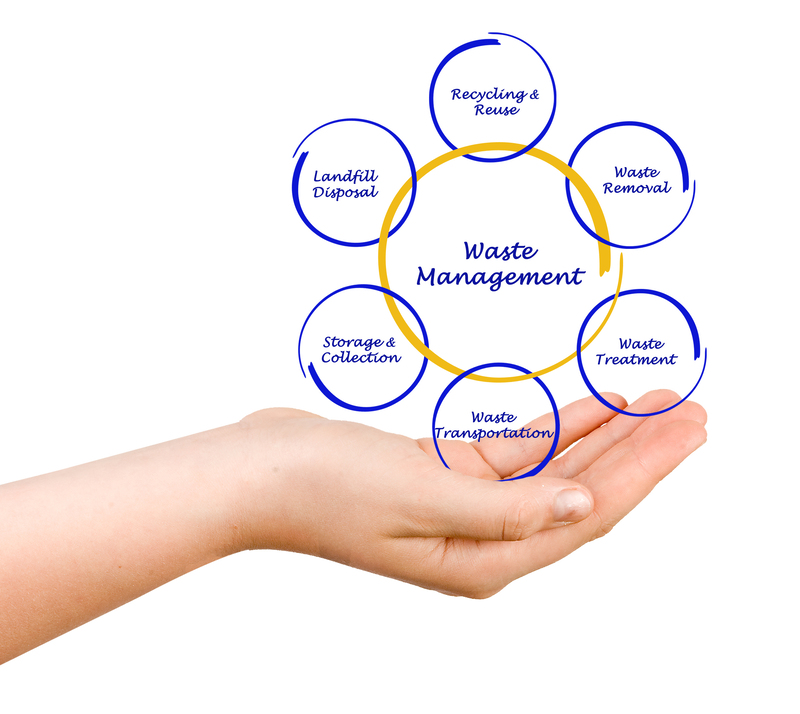Innovative Technologies for Dealing with Construction Waste
Posted on 06/03/2024

Introduction
Construction waste is an unfortunate byproduct of the building industry. From small trimmings and broken materials to entire structures that need to be demolished, volume of waste created in the construction industry is considerable and it can be difficult to find ways to properly dispose of it. Fortunately, innovative technologies are being developed to help deal with this problem. This article will look at some of these new technologies and discuss how they can help reduce the amount of construction waste produced.
Reuse Products: A Circular Economy Approach
The most successful way to reduce construction waste is to reuse products whenever possible. Many construction materials, such as bricks and tiles, can be reused many times over in different projects. This reduces the need for new materials and drastically cuts down on the amount of waste produced. Reusable products can also be recycled, allowing them to continue serving a purpose long after their original use has been fulfilled. By using a circular economy approach, construction companies can make sure that all of their materials are used with maximum efficiency and minimal waste.
Onsite Waste Management
Another way to reduce construction waste is through onsite waste management. Construction sites typically generate a lot of garbage, including packaging materials, excess drywall, metal scraps, and wood shavings. This type of material can often be recycled or repurposed for other uses onsite rather than needing to be transported offsite and disposed of in a landfill. Onsite recycling programs help ensure that materials are re-used or recycled whenever possible, thus minimizing the amount of waste created by a project.
CAD/CAM Integration
Computer aided design (CAD) software has revolutionized the way that construction projects are designed and managed by providing detailed models that allow designers and engineers to accurately visualize their designs before they even begin constructing them. Thanks to 3D printing technology, CAD models can now be printed directly onto site for installation without having any material cut or wasted during production. This technology also makes it easier to create custom components that are designed specifically for any one project's needs - reducing both time and material wastage in the process.
Robotic Waste Removal Systems
Robots have been taking over more and more tasks in the construction industry thanks to their ability to operate autonomously in dangerous environments while performing precise work with minimum supervision from humans. One such task is debris removal - robots capable of detecting debris on site can autonomously pick up and remove it in order to keep workspaces clean at all times which eliminates risk from manual debris removal processes as well as reducing disposal costs associated with manual labor. It also increases productivity because workers don't have to spend time manually picking up debris on site before they start working - freeing up time for them to focus on tasks more related to actual construction rather than cleanup duties..
Data Tracking & Analytics Solutions
In order for companies in the industry to effectively manage their resources, they must understand how much material they have available as well as what material is being used most frequently in their projects. Data tracking & analytics solutions enable companies to better track their inventory levels so that they do not run out of necessary material which would cause delays or extra costs associated with needing additional material or having it delivered quickly from another location. Analytics solutions can also provide insights into which materials are being used more often than others so that companies can adjust accordingly if needed and only order enough material for each project instead of ordering too much (which could lead to unneeded wastage).
Conclusion
Construction waste is unfortunately an unavoidable side effect of modern building projects but luckily there are ways that this problem can be mitigated through innovative technologies like those mentioned above. By reusing components when possible, utilizing data tracking & analytics solutions, implementing robotic waste removal systems, relying on CAD/CAM integration for components production and employing an effective onsite waste management system it's possible for companies in the industry to minimize their environmental impact while maximizing efficiency throughout each project's lifecycle from start-to-finish.'

